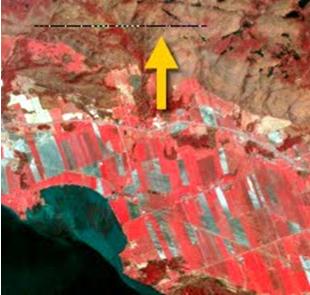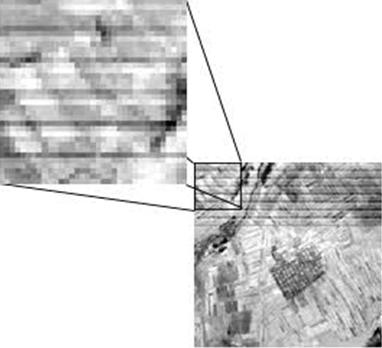Recent Comments
Archives
Categories
- No categories
Meta
7.3. Image Pre-processing
Objectives
- To understand the circumstances in which pre-processing of a remotely sensed image is necessary
- To recognise the different techniques used for cosmetic pre-processing of remotely sensed imagery
We need to pre-process remotely sensed imagery for several reasons:
- sometimes the data as supplied have deficiencies that need to be addressed before analysis can be undertaken
- we may wish to compare or combine images that have been acquired at different times or dates. In this situation, we need to be sure that both images have been processed in a consistent way before making any comparison or combining images together.
- We may wish to derive properties from an image that can only be estimated using reflectance characteristics.
There are 4 main types of pre-processing:
cosmetic operations: These involve the removal of noise, which can enter the data collection system at several points. There can be errors in the scanning or sampling equipment onboard a sensor, as well as errors in the subsequent transmission and recording of the observed values. Such problems can result in a missing scan line, where a single row or column within an image is lost (see picture below). In some cases, only part of a column or row within an image may be lost.

More persistent problems with the data collection system can result in line or column striping, an example of which is shown below. Alongside these problems, there may also be random bad pixels (also known as shot noise), a phenomenon where individual pixels within an image have erroneous values.

Various methods are available for pre-processing images to resolve these problems. One solution for missing line scans is illustrated below.
N/B: The slides below will not show on the webpage, but you can save/keep them on your computer and view them using the Adobe Flash Player 32 you downloaded earlier